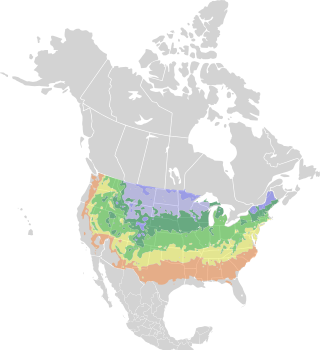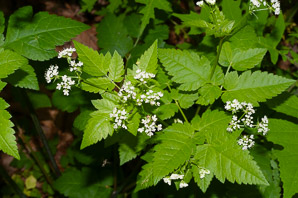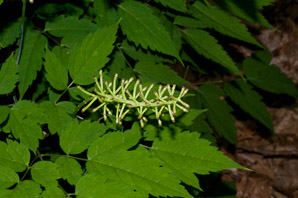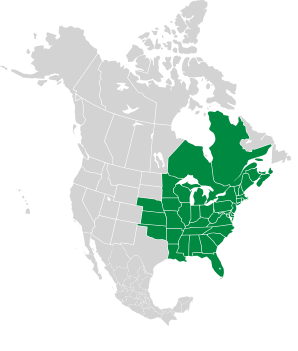
|
Actaea pachypoda f. rubrocarpa (Killip) Fernald Doll’s-eyes
This rare variant of white baneberry is a North American native. Identification: White baneberry (Actaea pachypoda) is a plant that produces clusters of white berries. Red baneberry (Actaea rubra) produces red berries. This rare variant of white baneberry produces red berries. To make the confusion complete, there is also a rare form of red baneberry (Actaea rubra f. neglecta) that produces white berries. On all of the baneberries, leaves often occur in groups of three, on thin stems, and are saw-toothed. Some variants are compared below: |
5/22/2010 · Garden in the Woods, Framingham, Massachusetts · ≈ 12 × 8″ (30 × 20 cm) 5/22/2010 · Garden in the Woods, Framingham, Massachusetts · ≈ 11 × 7″ (27 × 18 cm) |
|||||||||||||||||||||||||||||||
|
| ||||||||||||||||||||||||||||||||
Actaea pachypoda |
You are here Actaea pachypoda f. rubrocarpa |
Actaea rubra |
||||||||||||||||||||||||||||||
|---|---|---|---|---|---|---|---|---|---|---|---|---|---|---|---|---|---|---|---|---|---|---|---|---|---|---|---|---|---|---|---|---|
| Common Name |  |
 |
 |
|||||||||||||||||||||||||||||
| Plant | ||||||||||||||||||||||||||||||||
| Flowers | Flowerheads of small white flowers are roughly oval in shape. Each flower is ¼″ (6.3 mm) across. | Flowerheads of small white flowers are roughly oval in shape. Each flower is ¼″ (6.3 mm) across. | Feathery flowerheads of small white flowers are roughly oval in shape. Each flower is ¼″ (6.3 mm) across. Flowers have a roselike fragrance. | |||||||||||||||||||||||||||||
| Leaves | ||||||||||||||||||||||||||||||||
| Fruit | White berries supported by red pedicels that are ⅛″ (3 mm) or more in thickness. Berry tips have black-purple spot. | Red berries supported by pedicels that are ⅛″ (3 mm) or more in thickness. Instead of the tomato red of red baneberry, these berries have a more luminous deep magenta color, becoming more purplish with time. | Bright or dark red, oval berries are supported by pedicels that are less than ⅛″ (3 mm) thick. | |||||||||||||||||||||||||||||
| Range/ Zones |
|
|
|
|||||||||||||||||||||||||||||
| Habitats | Actaea racemosa | |||||||||||||||||||||||||||||||
| Type | Wild | Wild | Wild | |||||||||||||||||||||||||||||
| Occurrence | Common | Rare | Common | |||||||||||||||||||||||||||||
Actaea rubra f. neglecta

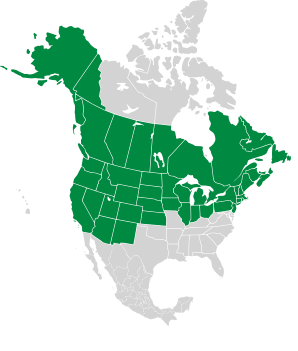
Edibility: ![]() All parts of this plant are poisonous. As few as two of these
very bitter berries may
be fatal to children; a half dozen can cause cardiac arrest and bizarre neurological symptoms in an adult. The roots and leaves also contain several poisons that are dangerous when ingested and can cause skin blisters.
All parts of this plant are poisonous. As few as two of these
very bitter berries may
be fatal to children; a half dozen can cause cardiac arrest and bizarre neurological symptoms in an adult. The roots and leaves also contain several poisons that are dangerous when ingested and can cause skin blisters.
Online References:
Actaea pachypoda f. rubrocarpa description by Thomas H. Kent, last updated 16 Sep 2020.
© FloraFinder.org. All rights reserved.
Range: Zones 3-8:
